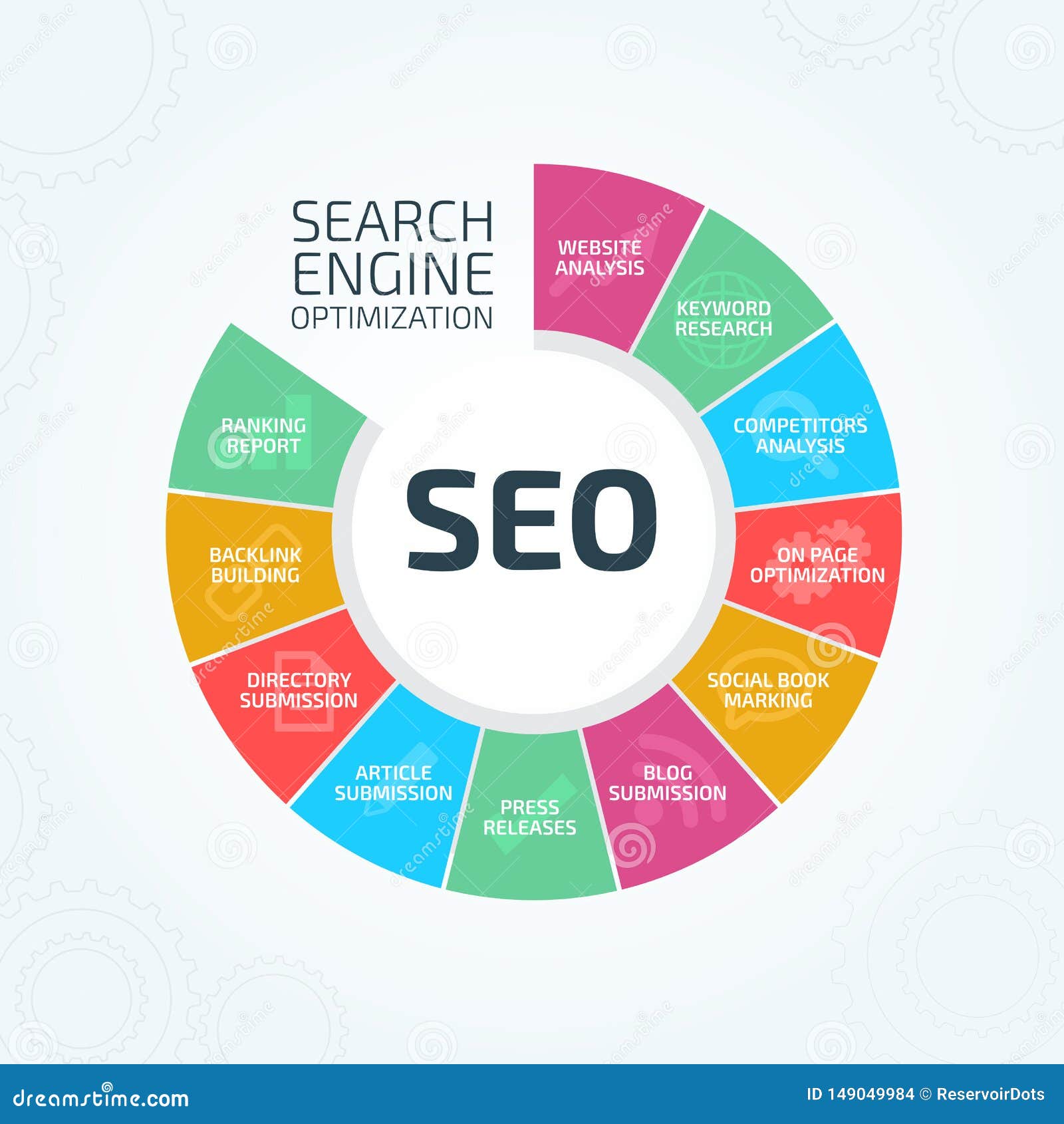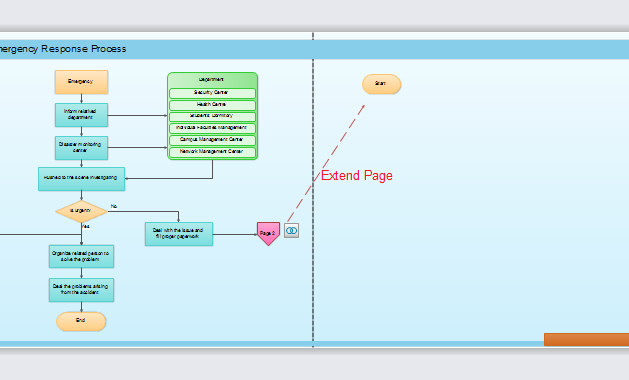
In the ever-evolving world of digital marketing, staying ahead of the curve means embracing tools that enhance both user experience and search engine visibility. One such tool that has gained significant traction is the knowledge graph—a structured representation of information that connects entities and their relationships. For bloggers, leveraging knowledge graphs can transform content strategy, improve SEO performance, and even reduce AI-generated errors. This article explores how to effectively use knowledge graphs in blogging, with actionable steps, real-world examples, and insights into future trends.
What Is a Knowledge Graph and Why It Matters
A knowledge graph is a data structure that organizes information in a way that reflects real-world relationships. Instead of treating data as isolated facts, it links them through nodes (entities) and edges (relationships). For example, if your blog covers technology, a knowledge graph might connect “OpenAI” to “Sam Altman” and “San Francisco,” creating a web of related concepts.
This structured approach is crucial for modern SEO because search engines like Google now prioritize semantic understanding over keyword stuffing. By using knowledge graphs, bloggers can help search engines better interpret the context of their content, leading to higher rankings and more targeted traffic.
Knowledge graphs are especially valuable in the age of AI. As large language models (LLMs) become more prevalent, they often struggle with accuracy and relevance. Knowledge graphs provide a framework for grounding AI-generated content in factual, structured data, reducing the risk of hallucinations and improving reliability.
How Knowledge Graphs Impact SEO Performance
Knowledge graphs influence SEO in several key ways:
-
Improved Search Visibility: When your content is linked to authoritative sources like Wikipedia or Google’s own Knowledge Graph, it gains credibility. Search engines are more likely to rank your content higher when it’s part of a well-connected network of information.
-
Enhanced User Experience: Users benefit from richer search results that include snippets, images, and direct answers. A well-structured knowledge graph can help your content appear in these rich results, increasing click-through rates.
-
Better Content Organization: By mapping out the relationships between topics, you can identify content gaps and opportunities. This leads to more cohesive and comprehensive content strategies.
-
Increased Trust and Authority: When your blog is part of a larger knowledge ecosystem, it signals to both users and search engines that your content is reliable and well-researched.
For instance, if you’re writing about climate change, a knowledge graph could link “carbon emissions” to “renewable energy” and “global warming,” helping search engines understand the context and relevance of your content.
Step-by-Step Implementation Framework
Implementing knowledge graphs in your blogging strategy requires a structured approach. Here’s a step-by-step guide:
- Define or Audit the Current Situation
- Start by identifying the key topics and entities on your blog.
- Use tools like Ahrefs or SEMrush to analyze existing content and see which topics are most relevant.
-
Determine where your content fits within the broader knowledge landscape.
-
Apply Tools, Methods, or Tactics
- Use entity linking to connect your content to external knowledge sources like Wikipedia or Google’s Knowledge Graph.
- Implement schema markup to help search engines understand the structure of your content.
-
Build a content knowledge graph using platforms like Lucidworks or IBM Watson Knowledge Studio.
-
Measure, Analyze, and Optimize
- Track metrics like organic traffic, bounce rate, and time on page.
- Use analytics tools like Google Analytics and Google Search Console to monitor the impact of your knowledge graph implementation.
- Regularly update your knowledge graph to reflect new information and trends.
By following this process, you can create a more interconnected and semantically rich content ecosystem that benefits both users and search engines.
Real or Hypothetical Case Study
Let’s consider a hypothetical case study involving a tech blog called Tech Insights. Before implementing a knowledge graph, the blog struggled with low engagement and poor search rankings. The content was fragmented, with little connection between articles.
After implementing a knowledge graph, the blog began linking articles on topics like “Artificial Intelligence,” “Machine Learning,” and “Neural Networks” to external sources like Wikipedia and Google’s Knowledge Graph. They also used schema markup to highlight key entities and relationships.
The results were impressive:
– Organic traffic increased by 40% within six months.
– Bounce rate dropped by 25% as users found more relevant and interconnected content.
– The blog started appearing in rich snippets and featured snippets, increasing visibility.
This case study demonstrates the tangible benefits of integrating knowledge graphs into a blogging strategy.
Tools and Techniques for Knowledge Graphs
Several tools can help you build and manage knowledge graphs:
- Lucidworks: A powerful platform for creating and managing knowledge graphs, ideal for enterprises.
- IBM Watson Knowledge Studio: Offers advanced natural language processing capabilities for building custom knowledge graphs.
- Google Knowledge Graph API: Allows developers to integrate Google’s vast knowledge base into their applications.
- Apache Jena: An open-source framework for building semantic web applications, including knowledge graphs.
- SAS Viya: Provides tools for data integration and knowledge graph creation, suitable for businesses looking to leverage AI.
Each of these tools offers unique features and use cases, so choose one that aligns with your specific needs and technical capabilities.
Future Trends and AI Implications
As AI continues to evolve, the role of knowledge graphs will only become more critical. With advancements in multimodal search and voice assistants, the need for structured, context-rich data will increase. Knowledge graphs will play a key role in ensuring that AI systems can accurately interpret and respond to user queries.
Moreover, as search engines become more sophisticated, they will place even greater emphasis on semantic understanding. This means that bloggers who embrace knowledge graphs will be better positioned to stay ahead of the competition.
One actionable insight for the future is to start experimenting with knowledge graphs today. Whether you’re a small blogger or a large enterprise, integrating structured data into your content strategy can provide long-term benefits.
Key Takeaways
- Knowledge graphs help organize and connect information, making it easier for search engines to understand your content.
- They improve SEO performance by enhancing visibility, engagement, and trust.
- Implementing knowledge graphs requires a structured approach, starting with auditing your current content and then building connections.
- Tools like Lucidworks and IBM Watson can help you create and manage knowledge graphs.
- Future trends in AI and search will further emphasize the importance of knowledge graphs, making them a must-have for any modern blogging strategy.
As the digital landscape continues to evolve, the ability to harness the power of knowledge graphs will set successful bloggers apart from the rest. Start exploring this powerful tool today and position your content for long-term success.
Meta Title: How to Effectively Use Knowledge Graphs in Blogging for Better SEO
Meta Description: Learn how to use knowledge graphs in blogging to boost SEO, improve content strategy, and reduce AI errors.
SEO Tags (5): knowledge graphs, SEO strategy, content optimization, AI in blogging, semantic search
Internal Link Suggestions:
– Parameter #12: Semantic SEO
– Parameter #8: Schema Markup
– Parameter #17: Content Auditing
External Source Suggestions:
– https://arxiv.org/abs/2407.00653v1
– https://www.wired.com/story/ai-knowledge-graphs/
– https://developers.google.com/knowledge-graph









